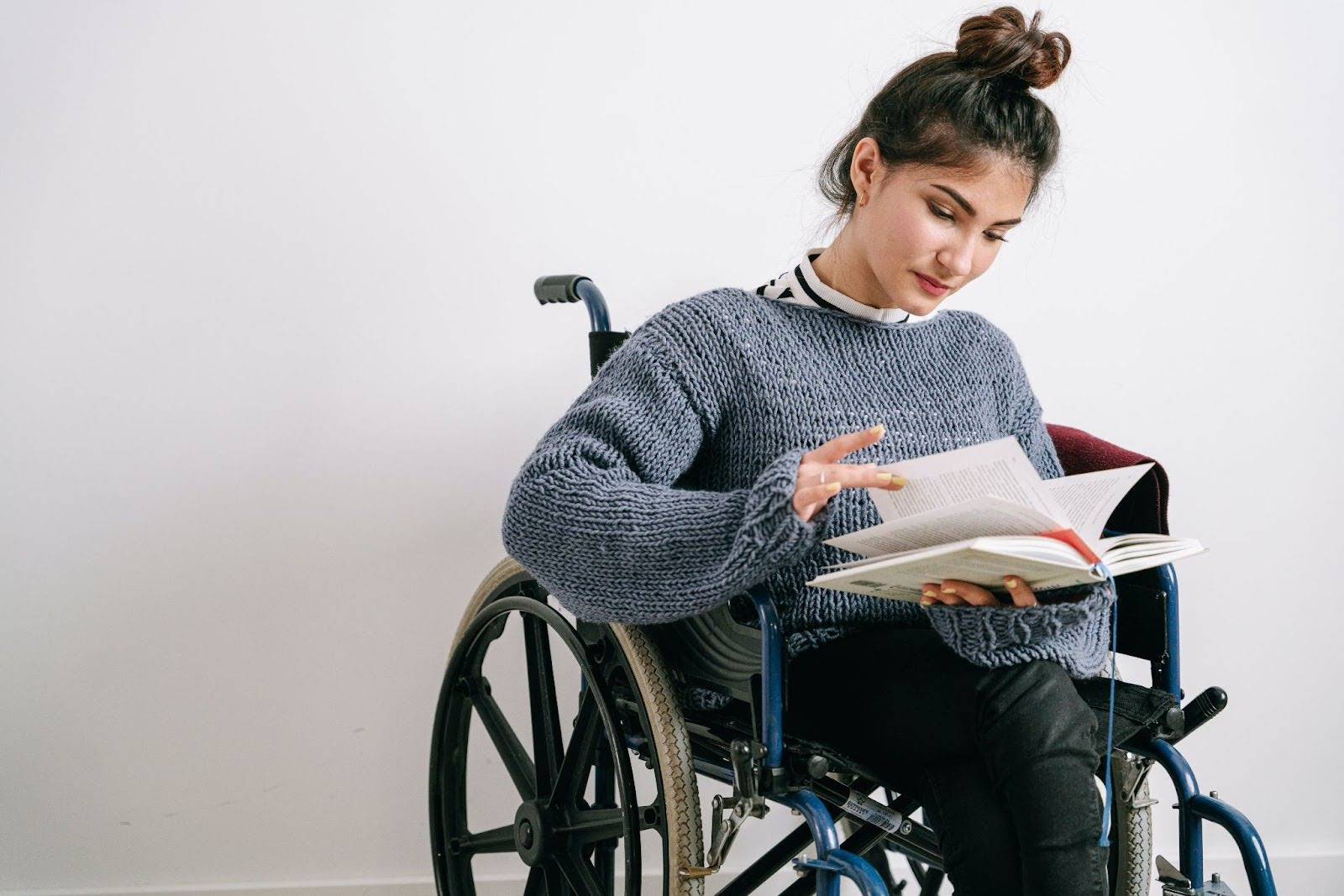AI is all the rage nowadays, but it’s also nothing new. Many kinds of AI – like Amazon’s Alexa, self-driving cars, and even your Netflix recommendations – are already part of everyday life. However, new technology has expanded how we can use AI for disabilities. For example, experts believe that new generative AI for people with disabilities will help with work, communication, and accessibility.
The right kind of AI tool can make daily tasks easier. It may also help people with disabilities safely navigate their homes or the world around them.
AI for People With Disabilities: What Does it Mean?
When we talk about AI for people with disabilities, we’re referring to:
- AI tools designed specifically for people with disabilities
- Other AI tools that can help people with disabilities live independently
There are plenty of ways AI helps people with disabilities, but it most notably does things like:
- Enhances accessibility. Many AI tools remove barriers between people with disabilities and what they want or need to do. For instance, AI-powered speech recognition software can help people with limited mobility move around or control devices. Likewise, prosthetics and exoskeletons may use AI to be more intuitive and responsive.
- Supports communication. AI helps translate thoughts and feelings into words, even if the person using it communicates differently. Think of things like predictive text and language processing tools, which can generate speech from text or symbols.
- Offers personalized support. AI learning materials, monitoring software, and other options can adapt to a user’s needs in real-time, delivering tailored assistance when it’s needed most.
How to Use AI for People With Disabilities: Tips & Examples
There are more ways people with disabilities can use AI to help make life easier than we could list. Experiment with the tools you can access and see what works for you. Below are some easy tips that can help you get started.
1. Use AI to plan and break things down
Keeping up with all that goes into independent daily life can be tiring. It can also be confusing. AI tools like ChatGPT can help by doing some of the thinking and organizing for you.
Try asking a chatbot to create a meal plan or grocery list. Or, try having it help you create a to-do list. Take a look at how ChatGPT guides us through creating a morning routine:
ChatGPT isn’t the only AI tool that can do this. Another pick specifically designed for neurodivergent individuals is Goblin Tools, which is built on ChatGPT’s AI model. It can help you break down a task’s steps, simplify complex language, estimate how long it will take to complete a task, and more.
2. Use voice-activated devices as personal assistants
If your mobility is limited or you simply like controlling things from afar, try using voice-activated AI assistants like Amazon’s Alexa or Siri. A few words are all it takes to control lights, appliances, locks, thermostats, etc.
3. Use AI to make reading, writing, and learning easier
Even if you’re not a student, AI can help you understand things better and faster. For example, applications like Microsoft’s Immersive Reader use AI to adjust text size, read text aloud, and provide visual aids when you’re reading.
4. Use AI to monitor health changes
The AI in things like smartwatches helps you keep track of things like sleep data or your heart rate. This information can be passed on to healthcare providers or used to help you adjust your routines.
Top AI Tools for People With Disabilities
We’re happy to report there are too many AI tools for people with disabilities to show off at once. We like these options because they target several areas of need.
- ChatGPT: Uses AI to scan sources on the web and generate responses based on your request.
- Microsoft Seeing AI: Uses AI to describe people, text, and objects. This program can read printed text in real-time, identify currency, and recognize friends and their emotions. Use your phone to scan barcodes, read text, and more.
- Voiceitt: Designed for people with non-standard speech. Voiceitt uses AI to learn and adapt to your speech patterns so you can communicate easily.
- WheelMap: Uses AI to map and share information about wheelchair-accessible spaces.
- Predictable: Uses AI to predict text and phrases, which helps people with conditions like ALS or cerebral palsy communicate.
Want to learn more about tools for adults with disabilities? You’ve come to the right place. NeuroNav is your source for tips and insights that make a difference. Check out the rest of our disability resources for more information, or learn how we help California Self-Determination Program participants access different forms of support.




